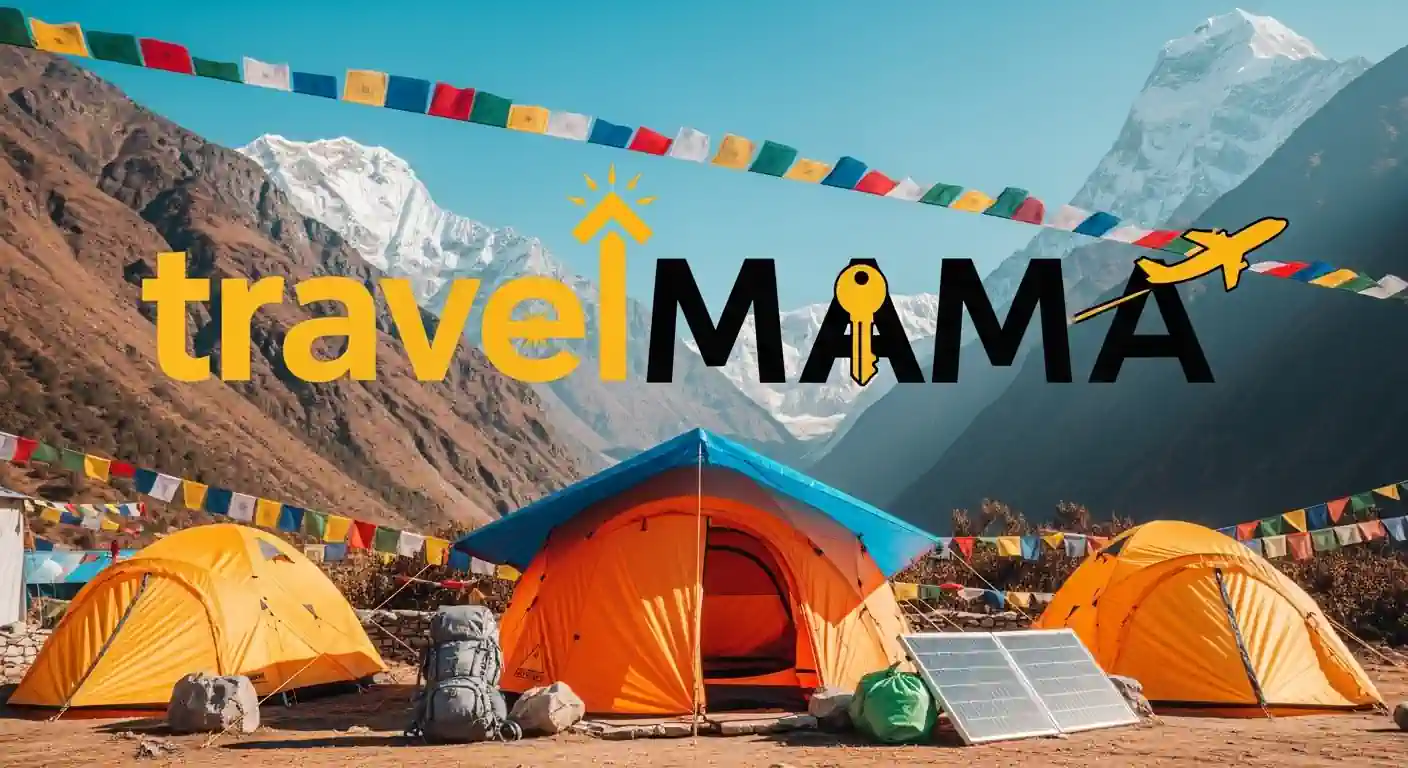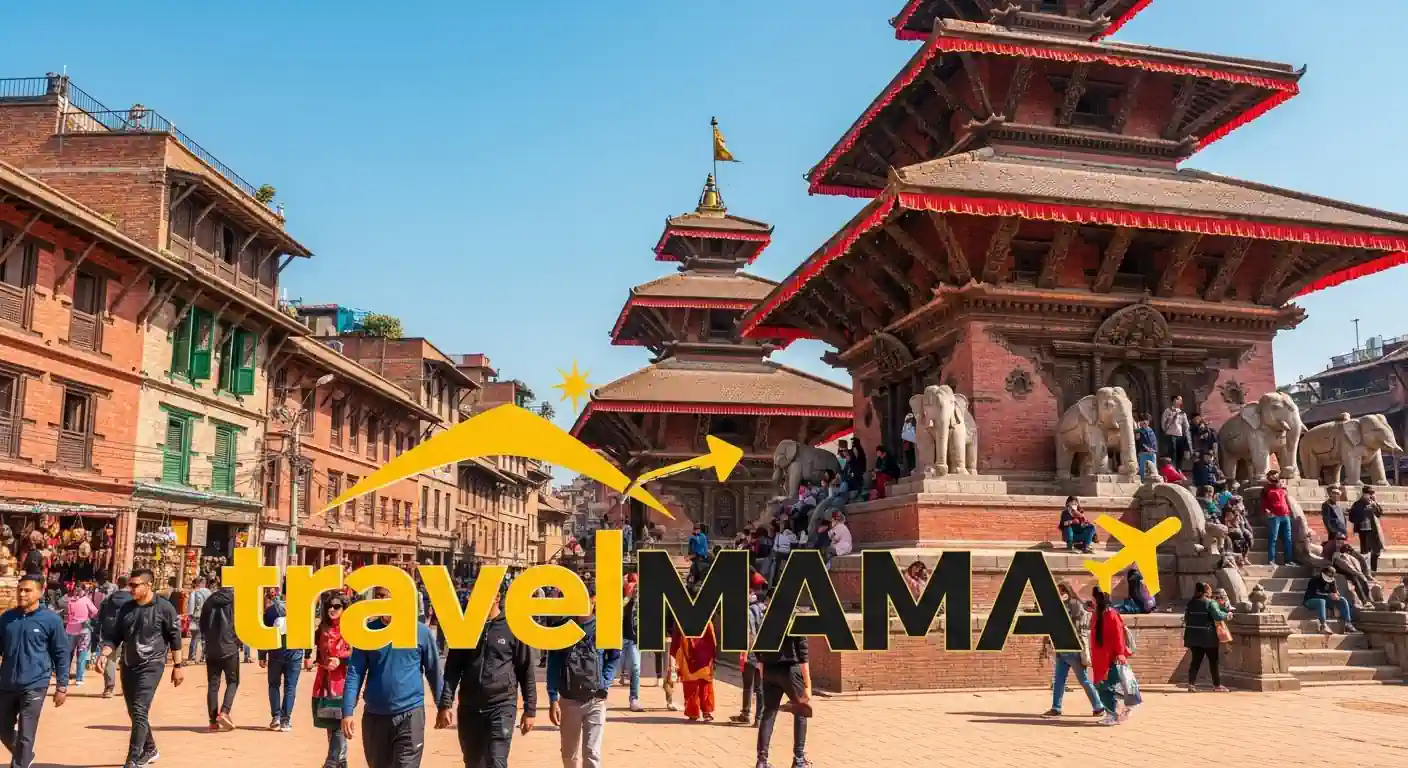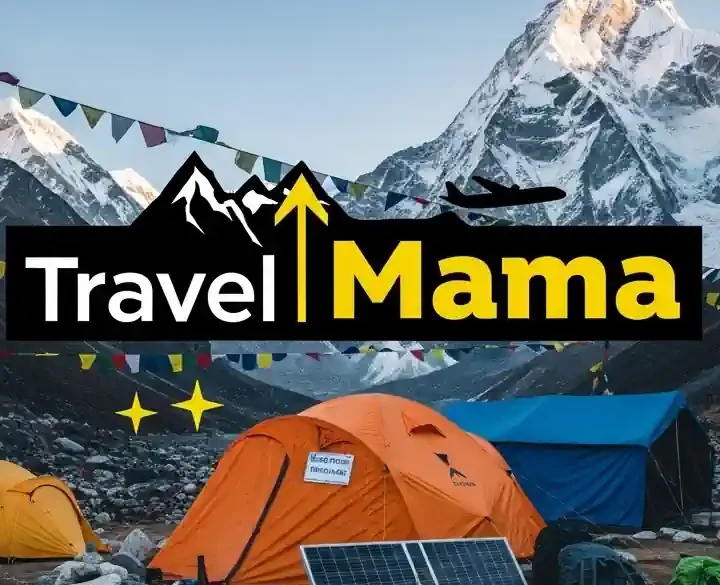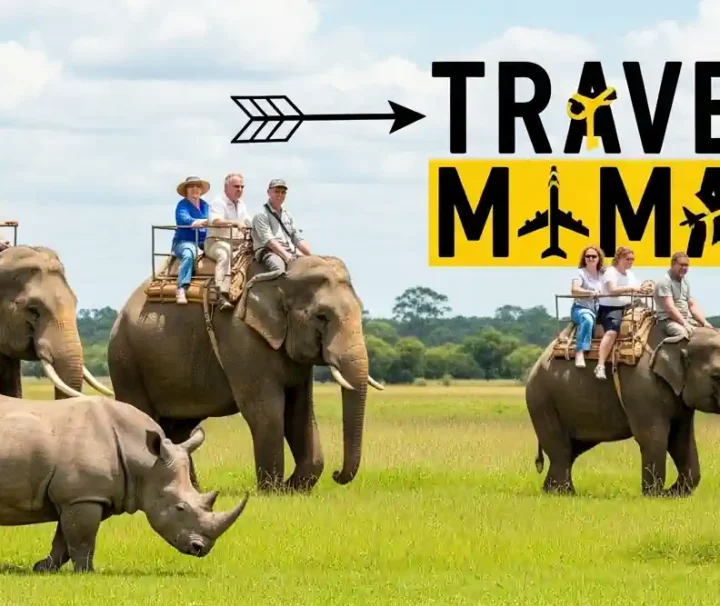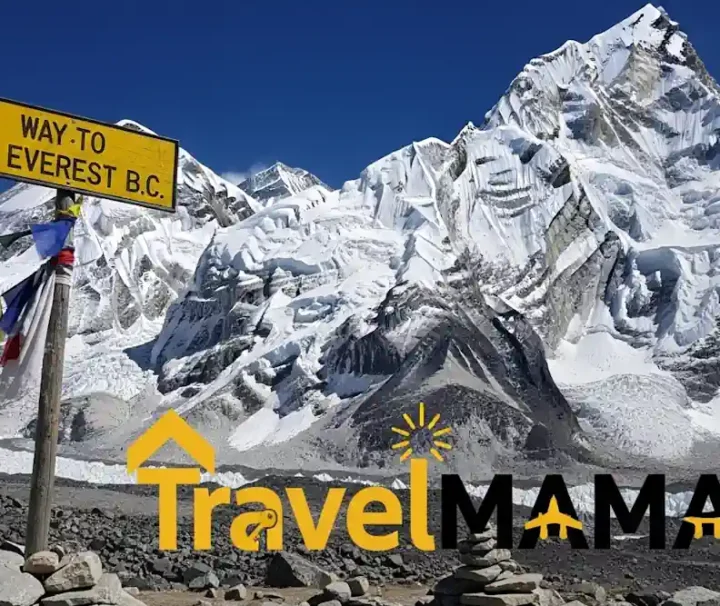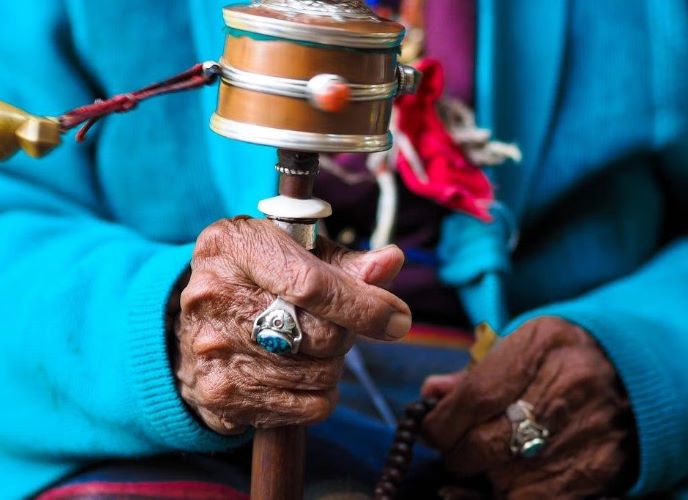Best Season for Annapurna Base Camp Trek
The best time to do Annapurna Base Camp Trek depends upon the kind of experience that you’re looking for. But undoubtedly, the best time for Annapurna Base Camp Trek is in Spring (March, April and May) and Autumn (September, October and November).
During spring, the trail is enhanced by the blooming rhododendrons, pleasant weather and open clear view of mountains. The temperature is moderate making trekking comfortable. This time is also ideal for photographers and nature lovers.
If you wish to avoid crowds and enjoy some alone time with nature then taking this trip during December, January or February could also be an option. The snow-covered trails of Annapurna Base Camp Trek from December to February create a magical wonderland for any travel seekers. However, the temperature during this time could be harsh for most trekkers due to extreme cold, snowfall and closed teahouses in the upper region.
Autumn (September, October, November) Annapurna Base Camp Trek: The autumn season features clear skies, offering stunning mountain views and stable trekking conditions.
Trekking in the Summer or Monsoon seasons will be affected by rain, unclear weather, and closed view and you can get attacked by the leeches too.
Why choose Annapurna Base Camp Trekking in Nepal?
The ABC, Annapurna Base Camp Trek is one of Nepal’s most popular trekking adventures offering majestic, breathtaking Mountain views, diverse landscapes and cultural experiences. This customizable 12-day trek takes you to the base of the world’s 10th tallest mountain in the world, Annapurna I (8,091 m). The trek will take you through the lush rhododendron forests, alpine meadows, and traditional Gurung Villages in the Western Region of Nepal.
Permits Required for Annapurna Base Camp Trek
For the Annapurna Base Camp Trek, you will require two permits:
This permit is required to enter the Annapurna Conservation Area, one of the protected regions of Nepal. The funds collected from the permit helps to support conservation efforts and the local communities of the region.
: The TIMS card is essential for tracking trekkers for their safety. It helps authorities monitor trekking activities and provide necessary assistance in case of emergencies.
Services and Facilities for Base Camp Trekking
Accommodation Facilities
The Annapurna Base Camp Trek starts from the sub-tropical region of Nepal i.e. Pokhara and ascents to the Alpine Region of Nepal i.e. Annapurna Base Camp. In a well- populated/ developed city like Pokhara, you will be staying at a standard hotel providing many amenities. But during the trek, you will be staying at the Tea House/Lodge with the twin bed. Some places have attached bathrooms, whereas you need to use shared bathrooms in some places. The accommodation style and facilities are pretty similar during the trek.
Meals
For meals, we provide three meals per day (i.e. Breakfast, Lunch, and Dinner per day) from the selected menu as available in the lodge and tea house. Food during the trek is not so well decorated as in Kathmandu and Pokhara however; most of the food is prepared by the local people in their fields. We highly recommend you try Dal Bhat during the trek. The food is organic, delicious, and quite healthy.
Drinking water
Safe drinking water is available for purchase at teahouses, but the cost increases as you go higher. Carrying a water purification system, like tablets or a filter, can save money and reduce plastic waste.
Amenities
As you ascend to higher altitude, the amenities are pretty limited. You will be provided with basic accommodation, meals and facilities like one blanket, and pillow. But other than that, you might be required to pay for an extra blanket, use Wi-Fi, and hot water facilities, charge your phones, batteries and many more.
What is the Annapurna Base Camp Trek difficulty level? Is the Annapurna Base Camp Trek suitable for beginners?
This trek is suitable for beginners with reasonable fitness. The elevation gain is around 2000 m to 3000 m gain. You’ll be trekking for 5 to 7 hours daily and the maximum altitude is at Annapurna Base Camp with an altitude of 4,130 m. So, prior trekking experience is not necessary, but it is recommended to have physical training and exercise.
Fitness/ Training required for Annapurna Base Camp
This trek is of moderate difficulty, and suitable for those with a reasonable fitness level. The total trek of 12 days, but can be modified according to your schedule by consulting with our trekking expert. Since the trek is not that difficult, regular cardio workouts, strength training, and practice hikes before the trek will enhance your endurance and make the journey more enjoyable.
You need to have a positive mindset and adaptability for basic accommodations, unpredictable weather, and long trekking days. For the essentials, Proper trekking boots, layered clothing, a down jacket, a sleeping bag (provided by the company), trekking poles, Water purification tablets, a first aid kit, sunscreen, and sunglasses are recommended.
Travel Insurance required during the Annapurna Base Camp Hike
On any kind of high-altitude trekking, we recommend that you for insurance. Insurance is necessary to avoid any kinds of risks and mishaps from occurring. As you will be ascending to a higher altitude, there might be very few medical facilities. So, it would be better to have insurance before trekking. Also, ensure that your policy covers emergency evacuations, including helicopter rescues, which are costly but crucial in case of emergencies.
Frequently Asked Questions for Base Camp
Q1. What is the Annapurna Base Camp Trek?
The Annapurna Base Camp Trek is one of the most popular and iconic destinations, leading to the base of Annapurna I (8,091 m), which is the 10th tallest mountain in the world. The trek offers stunning mountain views, diverse landscapes, and a rich cultural experience and hospitality from the people of Gurung and Magar Village.
Q2. How long is Annapurna Base Camp Trek?
The Annapurna Base Camp trek usually takes around 7 to 12 days, depending on the starting point and the required (customized) itinerary.
Q3. What is the Annapurna Base Camp Trek maximum altitude?
The Annapurna Base Camp Trek maximum altitude is at Annapurna Base Camp with the height of 4,130 m above the sea level.
Q4. What is the Annapurna Base Camp altitude?
The altitude of Annapurna Base Camp is 4,130 m and the Annapurna Base Camp altitude in feet is 13,549 ft.
Q5. How difficult is the Annapurna Base Camp Trek?
The Annapurna Base Camp Trek is of moderate difficulty, suitable for trekkers with average fitness. There is no technical climbing during this trek but it does include steep ascents, stone steps and altitude challenges.
Q6. Is prior trekking experience necessary?
No, trekking experience is not necessary. But, make sure to do some exercise before going for ABC Trek.
Q7. What is the total distance of Annapurna Base Camp Trek?
The Annapurna Base Camp Trek total distance of round hike from Pokhara is around 98 km (60 miles).
Q8. Are any permits required for Annapurna Base Camp Trekking?
Yes, Annapurna Conservation Area Permit (ACAP) and a TIMS card are required for ABC Trek.
Q9. When is the best time for Annapurna Base Camp Trek?
The best time for Annapurna Base Camp Trek is March, April, May and September, October, November, undoubtedly as they are the best season with clear skies, and excellent mountain views.
Q10. What kind of accommodation is available during the trek to Annapurna Base Camp?
Teahouse lodges with basic amenities are available throughout the trail.
Q11. Can I do the trek solo to Annapurna Base Camp?
Yes, ABC trek is quite safe for solo trekkers but hiring a guide or porter is advisable for safety and navigation.
Q12. Is Annapurna Base Camp Trek safe?
Yes, Annapurna Base Camp Trek is very safe for trekkers.
Q13. What type of gear is essential?
Warm clothing, sturdy trekking boots, a sleeping bag, and trekking poles are recommended.
Q14. What is the risk of altitude sickness on the Annapurna Base Camp Trek?
There is moderate risk of altitude sickness during the trek. As the elevation of Annapurna Base Camp is at 4,130 m, that can cause mild symptoms of Acute Mountain Sickness (AMS). So, acclimatization and hydration are crucial.
Q15. Is it possible to charge electronics on the trail?
Yes, but charging facilities may have additional costs at higher altitudes.

